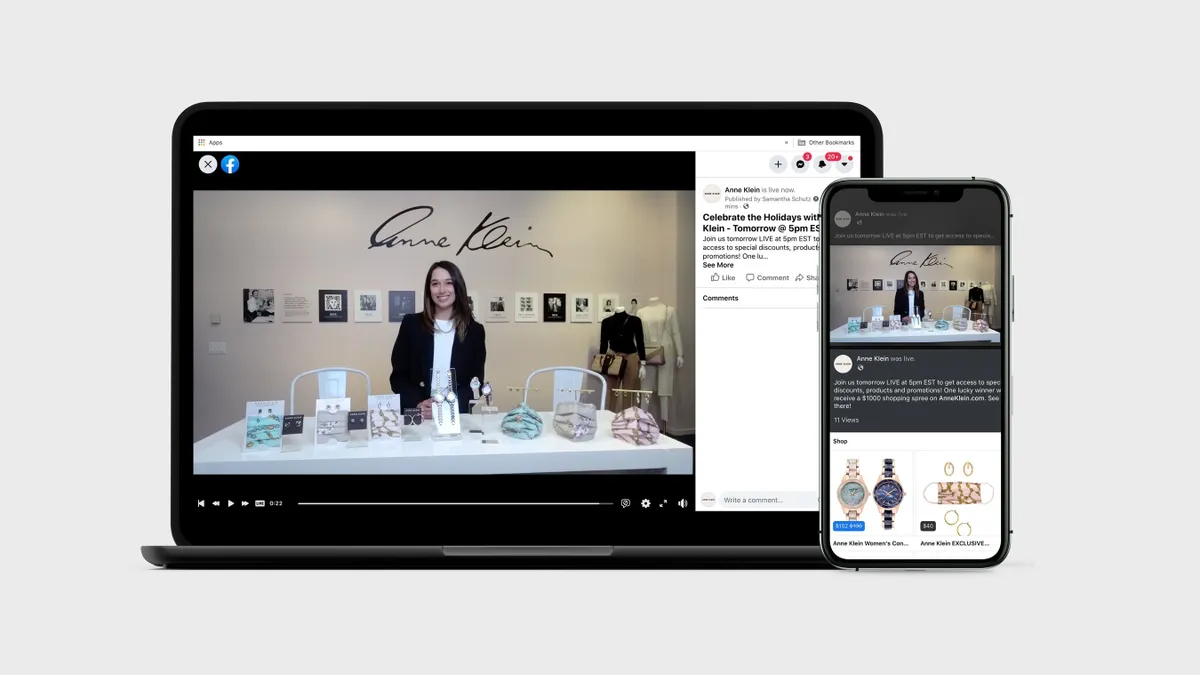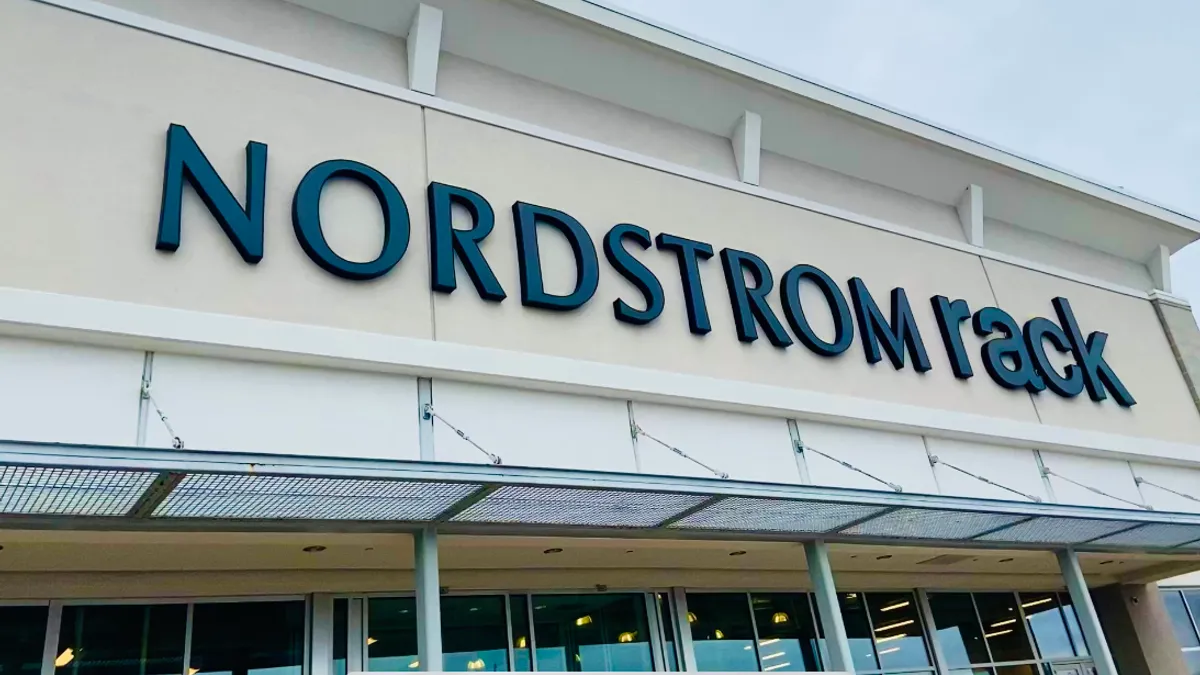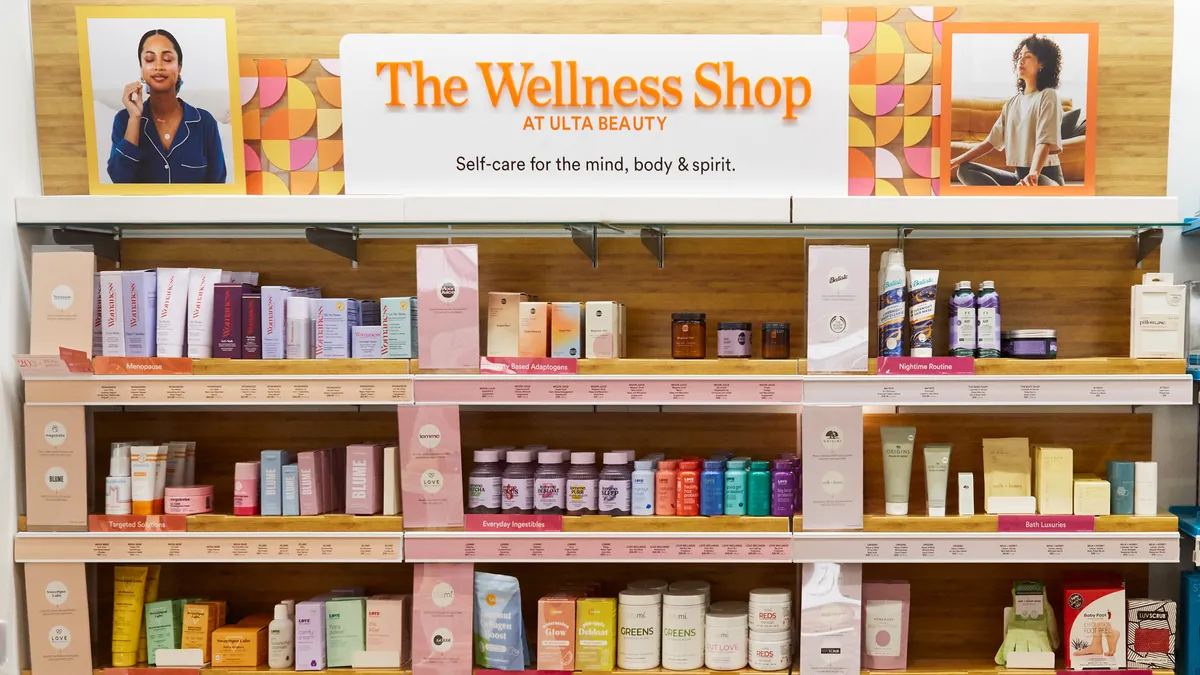Millions of Americans watch live videos or shop on their smartphones every day, and more frequently over the past year, they're doing both simultaneously as marketers experiment with shoppable livestreams. The ready availability of the technology to produce a live show and accept online orders gives marketers a way to set up their own interactive shopping channel for little cost.
Ulta Beauty, Walmart, Anne Klein and Samsung are a handful of the brands that have produced shoppable livestreams as part of their efforts to drive e-commerce sales. With many consumers avoiding stores during the coronavirus pandemic, livestreamed programming is a way to reach homebound shoppers on their mobile devices.
"The experience and engagement mostly happen on mobile," said Oz Etzioni, CEO of advertising personalization platform Clinch. He estimated that 60% of livestreaming shopping transactions occur on smartphones and tablets.
"We've seen great results — even better than display retargeting in terms of the engagement," he said. "The data show an uplift in people buying directly from the videos."
Livestream shopping sales were forecast to double worldwide last year from $60 billion in 2019, according to Coresight Research data cited by Bloomberg News. While U.S. sales were a small fraction of that total, there are signs of significant growth potential as major brands in the region turn to these dynamic streaming events to lift sales and foster more direct relationships with customers.
Retailers turn to new platforms
Ulta Beauty, the store chain that was forced to close all its 1,264 stores during the onset of the pandemic, last month introduced a shopping livestream to demonstrate products and drive sales. It teamed with augmented reality (AR) developer Perfect Corp. to expand its Beauty School livestream into a more engaging shopping experience online.
"The interactive experience allows customers to connect with a beauty brand directly on the brand's website," Perfect's founder Alice Chang said in an email. Viewers also can ask questions and virtually try on the looks featured in the show, adding a richer element that helps to replicate the in-store browsing experience.
Ulta plans to build on its efforts to reach homebound mobile shoppers through additional livestreamed shows this month, according to details shared with sister publication Marketing Dive. It worked with female-first wellness brand Love Wellness on December's "Beauty School with Love Wellness," whose reach was amplified on Ulta's owned Instagram channel and the photo-sharing app's IG Live platform for livestreams.
"While there are many platforms to actively engage guests, we see significant value in creating tailored, digital experiences with our brand partners that can live across our ecosystem," Christine White, director of social and content marketing at Ulta, said in an emailed statement. "We believe there is a longer-term benefit in nurturing relationships with our guests in ways that feel authentically interactive."
"While there are many platforms to actively engage guests, we see significant value in creating tailored, digital experiences with our brand partners that can live across our ecosystem."

Christine White
Director of social and content marketing, Ulta
Walmart last month similarly made a splash with a first-of-its-kind shoppable livestream on TikTok. The one-hour live show let mobile users shop for fashion items featured by selected TikTok creators without leaving the app, removing a level of friction and linking creator-driven video content to sales.
"It gives us a new way to engage with users and reach potential new customers, while bringing our own brand of fun — with the help of fashion-loving TikTok creators — to the platform," Walmart U.S. Chief Marketing Officer William White said in a statement.
Mobile devices are well-suited for interactivity between consumers and marketers, a natural link that may help to expand the audience for shoppable livestreams in the U.S. as they still lack in popularity compared with countries in Asia. Mobile devices can provide a better response mechanism than traditional TV programming, which mostly provides a "lean-back" experience that people don't want interrupted by having to click past ads.
Scannable QR codes embedded in TV ads may be a savvy method to pull viewers from those "lean-back" experiences and bring them to interactive online platforms for further streaming, Clinch's Etzioni recommends.
"We're trying to adapt to the user behavior, because we don't want to intrude," he said. "We don't want to force anything on you. We just want to go along with the stream and give you value, and provide you with utility."
Tech giants get in the game
Technology companies have incorporated livestream content to their respective platforms over the past few years to support online sales. Amazon in 2019 started Amazon Live, which features hosts discussing and demonstrating products sold on the company's website. Google's research group started testing Shoploop in July 2020, while Facebook has made shoppable livestreams more prominent on its apps including Instagram.
Livestreamed shopping has potential to grow in the U.S., if China is any indication of the possibilities. Chinese e-commerce giant Alibaba generates billions in sales from its Taobao Live shoppable streaming platform. During Alibaba's Singles Day shopping festival last year, Taobao Live spurred about $7.5 billion in sales during the first 30 minutes of a presales campaign among its concurrent livestreams, the South China Morning Post reported.
More than 300 celebrities hosted individual livestreaming sessions on Taobao Live to showcase everything from cosmetics and electronics to cars and apartments. For marketers that don't want to hire a celebrity presenter in a livestream, social influencers can be equally or even more effective to reach their loyal followings.
Etzioni has seen brands develop shopping livestreams with influencers consumers trust for their ability to demonstrate products and offer reliable opinions.
"The results are great, but you've got to keep it authentic and relevant to people," he said. "They have many different channels and opportunities to see what's most valuable to them."






















